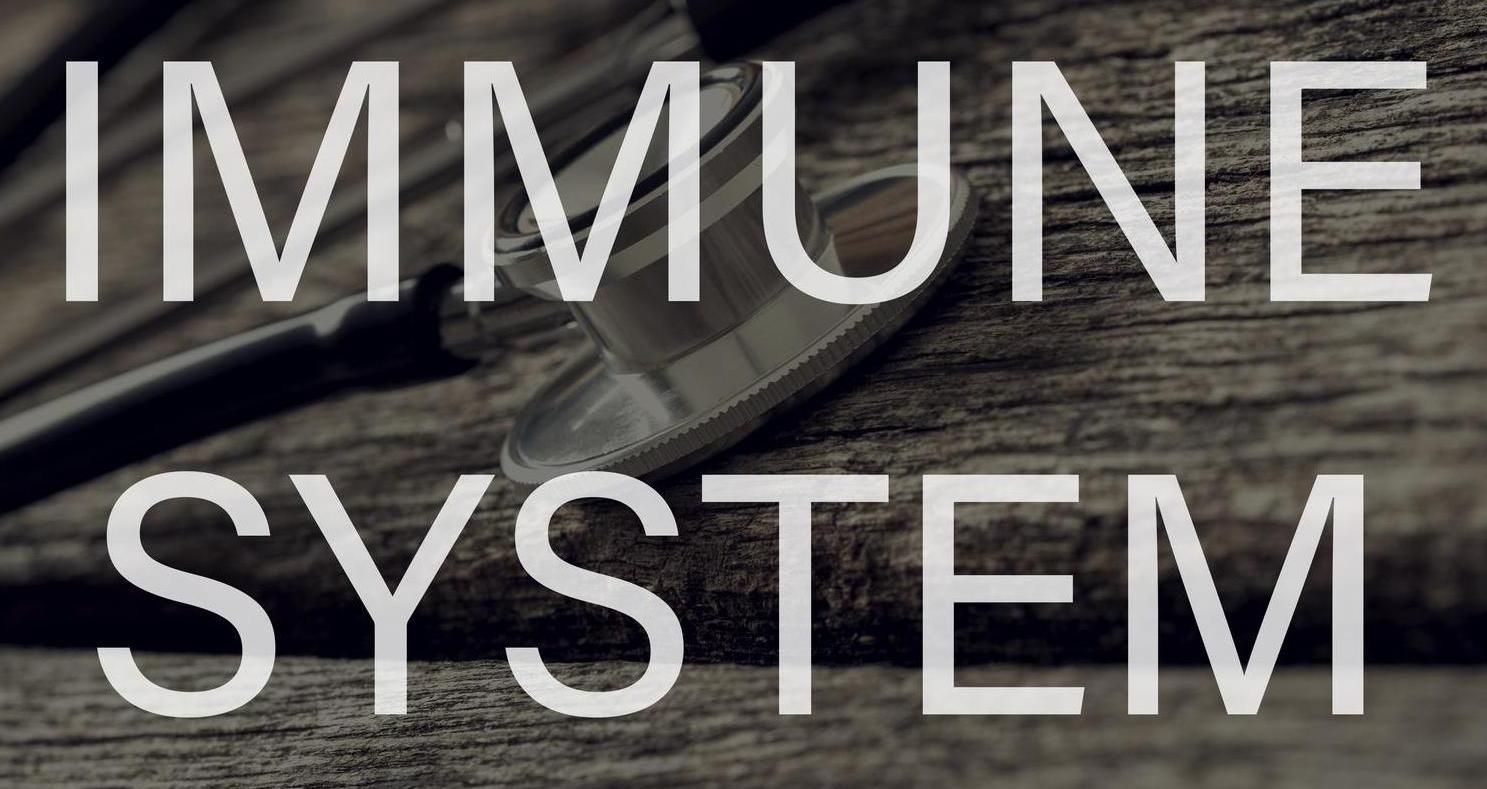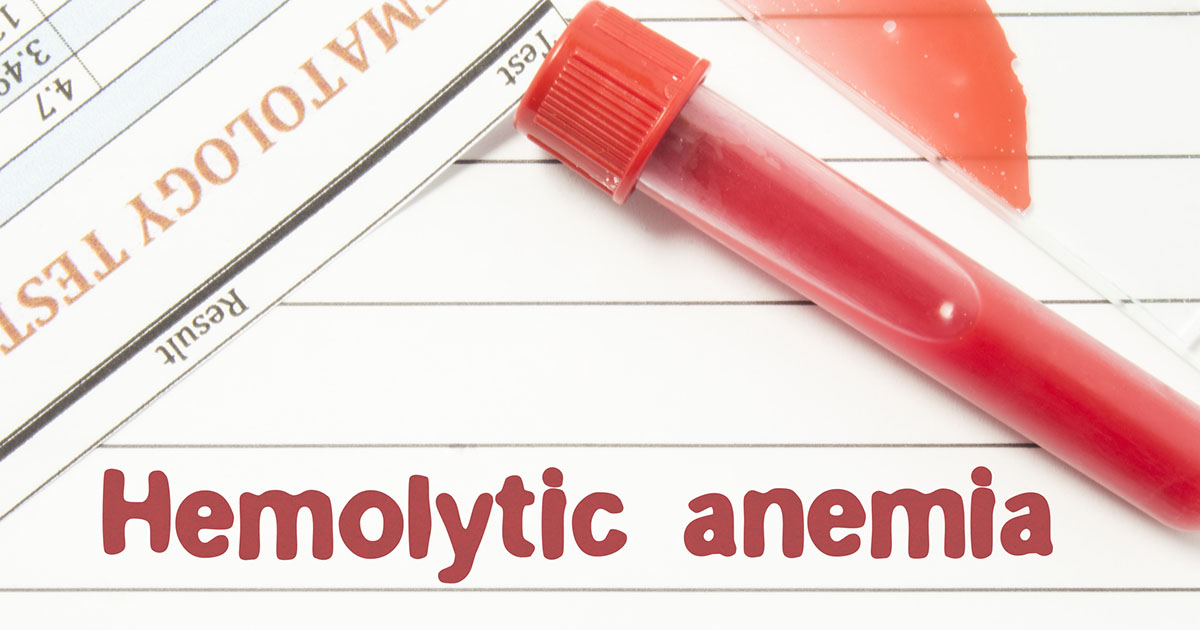Warning Signs Linked To A Vitamin E Deficiency
Vitamin E deficiency is a condition that occurs due to the shortage of a nutrient called vitamin E in an individual's body. Vitamin E is a critical antioxidant in the body that protects an individual's cells from incurring damage from free radicals, which are unstable atoms that play a role in the pathogenesis of numerous diseases, including cancer and heart disease. A vitamin E deficiency can be caused by disorders that affect the way the body absorbs fat from food, such as gallbladder disorders, cystic fibrosis, liver disorders, and pancreatitis. Vitamin E deficiency can also result from an insufficient intake of foods with vitamin E. A physical examination and blood tests are utilized in making a diagnosis of vitamin E deficiency. Treatment for this type of deficiency focuses on replacing the missing vitamin E in the body.
Several symptoms can be indicative of a vitamin E deficiency. Learn about them now.
Deterioration Of Vision

A deficiency of vitamin E in an individual can affect the way their retina functions. The retina is a component in an individual's eye that contains millions of cells with a particular sensitivity for light. These cells can be classified as rods or cones. Rods function to help produce monochrome vision when the individual is in an environment with low light, while cones produce an individual's sharp central vision. Healthy levels of vitamin E in an individual help protect the membranes of these light-sensitive cells in the retina from incurring damage and undergoing adverse alterations caused by a sequence of oxidative events. A patient who has a vitamin E deficiency can experience central degeneration of the cells in their retina, which manifests as a progressive loss of vision over an extended duration. This vision loss may be reversible in some patients who receive prompt and proper medical treatment.
Reveal more warning signs linked to a vitamin E deficiency now.
Peripheral Neuropathy

The peripheral nervous system is the nerve network that connects an individual's spinal cord and brain to the rest of their body, including their arms, legs, hands, feet, internal organs, mouth, and face. The nerves within this system are responsible for delivering signals to the brain that contain information about physical sensation. The nerves of the peripheral nervous system are made out of polyunsaturated fats, cholesterol, and other substances, all of which are greatly vulnerable to damage from oxidative stress. Vitamin E is the primary and most abundant source of antioxidants in a healthy individual's body. These antioxidants have a protective effect on the nerve cells of an individual's peripheral nervous system, preventing damage from oxidative stress. However, an individual with low vitamin E will experience damage to these peripheral nerves over time due to a lack of the protective antioxidant effects of the vitamin. Peripheral neuropathy manifests as numbness and or tingling in a patient's feet or hands.
Keep reading to learn more about the symptoms of a vitamin E deficiency now.
Muscle Weakness

With the absence of vitamin E, there is a significant influx of calcium gluconate into the individual's muscle cells. Muscle movements require ATP, the primary form of energy used by the cells. The mitochondria are the organelles inside of the cells responsible for taking nutrients and synthesizing them into ATP. However, calcium gluconate can overwhelm the mitochondria and cause them to become functionally compromised. The mitochondria in the individual's muscle cells are then unable to produce enough ATP to meet the muscle tissue demands. This malfunction eventually causes a patient's muscles to degenerate over time. This muscle degeneration is the reason an affected individual will experience muscle weakness. This symptom of vitamin E deficiency can become life-threatening if the myocardium or heart muscle becomes affected by the degenerative effects of a vitamin E deficiency.
Get the details on more vitamin E deficiency symptoms now.
Coordination Issues

Coordination issues can be described as an individual's inability to coordinate different voluntary movements of the body. The loss of coordination in affected individuals can manifest as difficulty with walking and an abnormal unsteady gait. An affected individual may appear to stagger or lurch when they are walking. Trembling may be apparent in an affected individual when they are standing. An affected individual may have an increased tendency to drop objects they are holding and experience difficulty with simple tasks that involve the use of their hands. Vitamin E deficiency has the most prominent effect on an individual's cerebellum and certain nerves called Purkinje neurons. Without the protective effects of vitamin E in these neurons and the cerebellum, there is an increase in the amount of oxidative stress and nerve damage. This type of vitamin deficiency also disables the dendritic branching of the Purkinje neurons in affected individuals, which results in difficulty with motor coordination.
Learn more about the signs of a vitamin E deficiency now.
General Malaise

General malaise can be best described as a feeling of unwellness and fatigue. This symptom occurs as the result of hemolytic anemia precipitated from vitamin E deficiency. An increase in erythrocyte fragility is implicated in the development of anemia in affected individuals. Erythrocyte fragility refers to a decreased ability of the red blood cells to resist breakdown when under stress, causing the red blood cells to become extremely vulnerable to destruction in states of oxidative stress. The faster and easier destruction of red blood cells due to the absence of vitamin E can cause a decrease in a patient's red blood cell count. Low numbers of functioning red blood cells cause an inability to sufficiently carry and deliver oxygen to all of the tissues in the body. This mechanism causes the affected individual to feel malaise, fatigue, and weakness.
Read more to learn about additional warning signs of a vitamin E deficiency now.
Impaired Immune System

Vitamin E helps protect the cells of the body, and it plays a key role in combating infection. Patients with a deficiency in this vitamin could experience an impaired immune system, and they may be more vulnerable to viruses and conditions such as cancer. Individuals with impaired immune systems are unable to fight oxidative stress from environmental factors like pollution, smoking, alcohol, and ultraviolet radiation, and they tend to get colds and respiratory infections more often than those with healthy immune systems. Since frequent infections can be a sign of an underlying medical condition, individuals who notice frequent or persistent symptoms of an infection such as coughing, fever, and runny nose should see their physician for an evaluation. Doctors can perform blood tests to evaluate the health of the immune system and to check for vitamin levels. If a vitamin E deficiency is found to be the cause of the patient's immune system difficulties, high-dose vitamin E supplements may be prescribed.
Continue to uncover more symptoms of a vitamin E deficiency now.
Dysarthria

Dysarthria is a condition in which patients experience difficulty with speech. The condition develops due to weaknesses in the muscles that are required for speech and to the body's inability to control these muscles. Individuals with dysarthria often display slurred or slow speech that could be difficult for others to understand, and their speech may have a nasal or strained quality. The condition could also cause the patient to speak at an uneven volume. For example, some patients are unable to speak at volumes above a whisper, and other patients speak at excessively loud volumes. To assess speech difficulties, doctors typically perform blood tests, and imaging studies such as CT scans and MRI scans may be requested. Some patients might need to have nerve conduction studies or an electroencephalogram (EEG), and tests of the patient's cognitive abilities will be performed as well. Speech therapy is the primary treatment for dysarthria, and it focuses on strengthening muscles and improving the articulation of words and sounds. Dysarthria may improve once the vitamin E deficiency is corrected.
Discover additional indicators of a deficiency in vitamin E now.
Hemolytic Anemia

Hemolysis is the process by which the body destroys old or damaged red blood cells. In patients with hemolytic anemia, this process takes place too frequently, causing a low red blood cell count. Patients could experience heart palpitations, dizziness, headaches, and fatigue. If left untreated, patients could develop severe symptoms such as chills, fever, abdominal pain, and shock. They might also experience complications, including an irregular heartbeat or enlargement of the heart. Hemolytic anemia can be detected with blood tests, and lifestyle changes and medications could be sufficient for treatment. Patients with serious cases of hemolytic anemia may need blood transfusions as well. In individuals with vitamin E deficiency, supplementation may help reverse symptoms of hemolytic anemia, and patients will be closely monitored with regular blood tests throughout their entire treatment period.
Get more details on the warning signs of a deficiency in vitamin E now.
Reduced or Absent Reflexes

Patients with a vitamin E deficiency could display reduced or absent reflexes. The deep tendon reflexes include the patellar, Achilles, bicep, tricep, and brachioradialis reflexes, and doctors check these as part of routine checkups. To assess reflexes, the physician will gently tap on certain areas of the patient's arms and legs to assess the degree of response. They will assess the strength of the patient's reflex response on a standard scale of zero to five, and will also check the patient's ability to feel vibrations and to distinguish between dull and sharp sensations. Patients with vitamin E deficiencies could have a positive Babinski sign on this exam, and they will usually have trouble sensing vibrations. If abnormalities are found, blood tests and imaging studies might be performed to check for the underlying cause. Patients with reflex issues will be referred to a neurologist for further assessment, and they may need to take precautions to avoid falls when walking. The reflex examination will be repeated regularly to monitor the patient's progress, and reflexes typically return to normal as vitamin E levels stabilize.
Learn about additional indicators of a deficiency in vitamin E now.
Spinocerebellar Ataxia

Spinocerebellar ataxia is a neurological condition that affects the muscles, and it could occur in cases of severe vitamin E deficiency. Patients with spinocerebellar ataxia have trouble with walking and coordination of the hands and legs. These difficulties typically worsen over time, and they may progress to the point where the patient has difficulty with speech and swallowing. Vision could become impaired, and patients may display uncontrolled eye movements known as nystagmus. Muscles waste away, and some individuals could experience seizures and reduced cognitive function. Fatigue may be present as well. There are several types of spinocerebellar ataxia, and some of these are hereditary. To evaluate a patient for spinocerebellar ataxia and other movement disorders, doctors will perform a physical examination to check the patient's gait and how they move certain muscles. Reflexes and sensation will be checked, and patients may need to have blood tests and CT or MRI scans of the brain. It can be helpful for the physician to know when the symptoms first began and if anything makes them better or worse. Patients may be offered medication to ease some symptoms, and physical therapy can help to improve coordination. Patients generally notice an improvement in their movement with the successful treatment of their vitamin E deficiency.